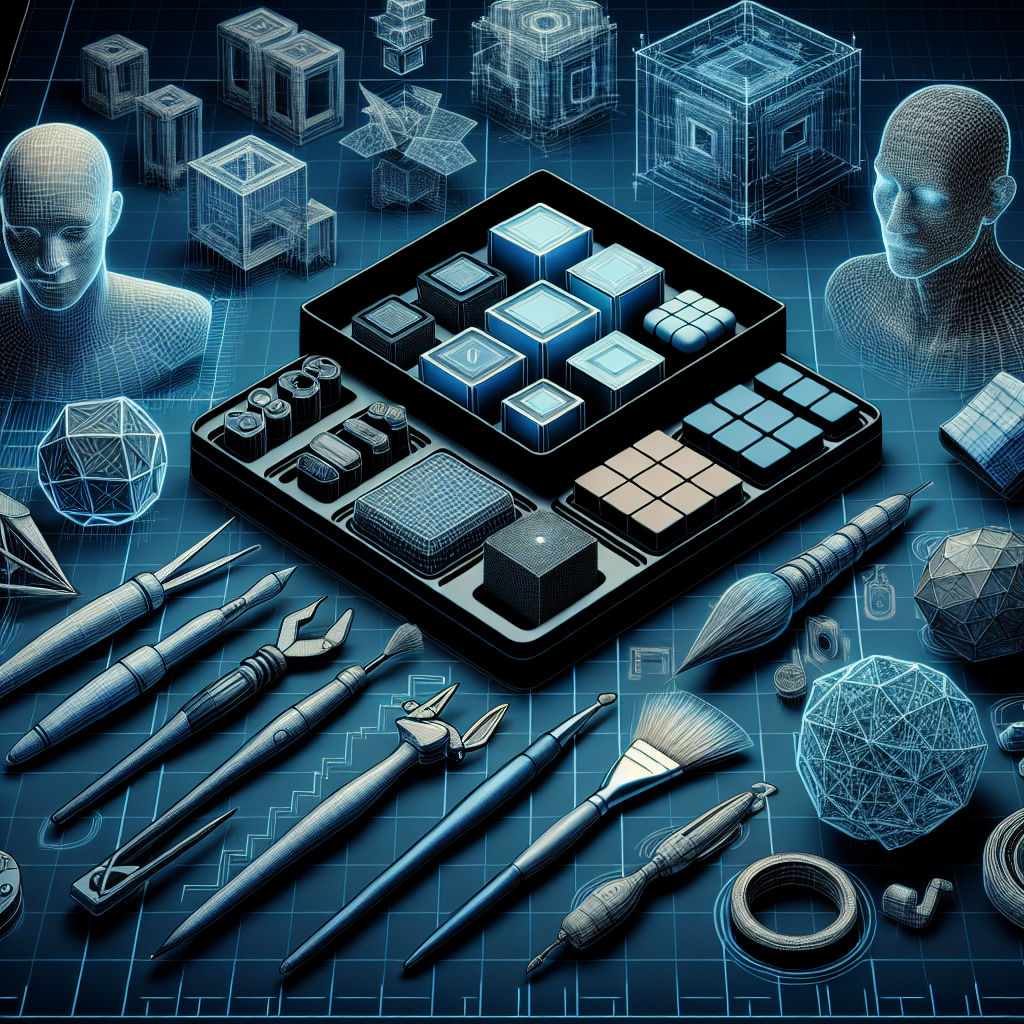Autodesk Maya is a powerful software used by professionals in the film, television, and gaming industries to create stunning visual effects and animations. In this step-by-step guide, we will explore the fundamentals of Autodesk Maya 2025 and how you can start creating your own projects with this versatile software.
Step 1: Getting Started
The first step in using Autodesk Maya is to download and install the software on your computer. You can purchase a license from the Autodesk website or use a free trial version to get started. Once you have installed Maya, open the program and familiarize yourself with the user interface.
Step 2: Understanding the Workspace
Maya has a complex interface with many different tools and features. Take some time to explore the various panels, menus, and toolbars in the workspace. The main components of the Maya interface include the Viewport, where you can view and manipulate your 3D models, the Channel Box and Attribute Editor, where you can adjust the properties of your objects, and the Tool Shelf, where you can access various tools for modeling, texturing, animating, and rendering.
Step 3: Creating 3D Models
To create a 3D model in Maya, start by selecting a primitive shape from the Create menu, such as a cube, sphere, or cylinder. You can then use the modeling tools to modify the shape, size, and position of the object. Maya offers a wide range of modeling tools, including extrusion, beveling, and sculpting, to help you create complex and detailed models.
Step 4: Adding Textures and Materials
Once you have created a 3D model, you can add textures and materials to make it look more realistic. Maya has a powerful texturing system that allows you to apply images, colors, and patterns to your objects. You can also adjust the properties of the materials, such as reflectivity, transparency, and bumpiness, to achieve the desired look for your model.
Step 5: Animating Your Scene
One of the key features of Autodesk Maya is its powerful animation tools. You can create animations by setting keyframes to define the position, rotation, and scale of objects over time. Maya also offers advanced animation tools, such as rigging and skinning, to create complex character animations. You can preview your animations in real-time using the Playblast feature.
Step 6: Rendering and Output
Once you have finished creating and animating your scene, you can render it to produce a final image or video. Maya has a built-in rendering engine that allows you to adjust the lighting, shadows, and camera settings to create a realistic and high-quality output. You can also export your projects in various file formats, such as JPEG, PNG, or MOV, to share them with others or use them in different applications.
In conclusion, Autodesk Maya is a versatile and powerful software that offers a wide range of tools and features for creating stunning visual effects and animations. By following this step-by-step guide, you can start exploring the fundamentals of Maya and unlock your creativity to bring your ideas to life.


Leave a Reply